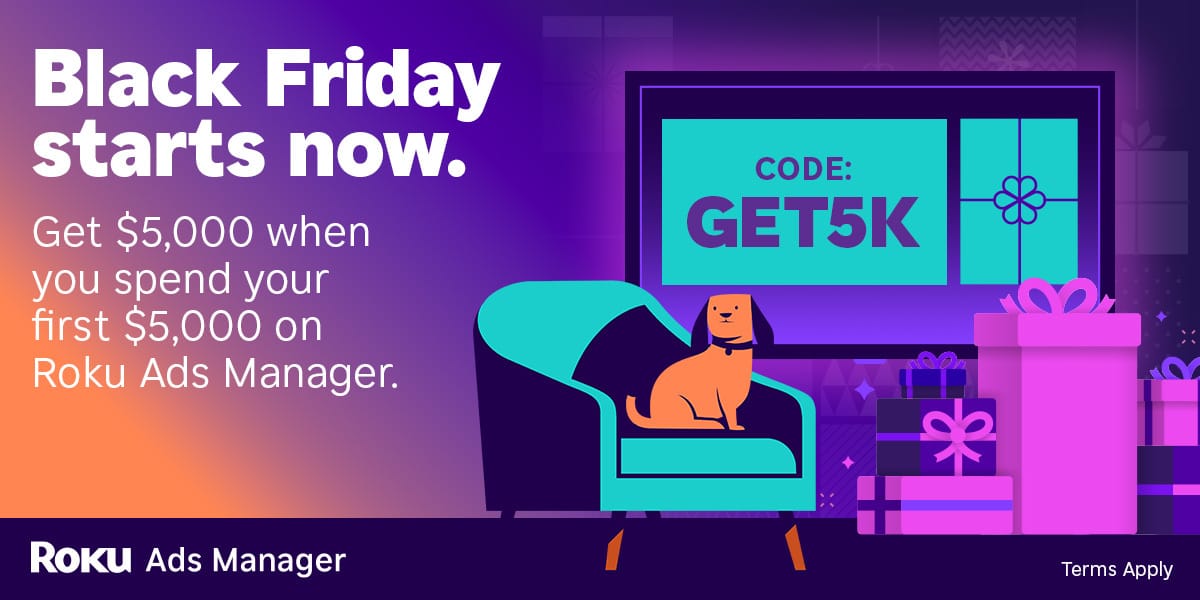- Grow 📧 Monetize
- Posts
- 📩 Activation Beats Cheap Lead Metrics
📩 Activation Beats Cheap Lead Metrics
The Metric That Separates Durable Lists from Wasted Spend
SPL looks smart on a dashboard, but it is a weak signal by itself.
What matters is whether subscribers actually do things that show interest, like reading, clicking, or replying.
Even that is only half of the story. You need two more views: how long each source keeps people active, and how that behavior differs by mailbox provider. Keep both in focus and your list grows without breaking deliverability.
Smarter Marketing Starts Here
Most marketers waste money on channels that don’t actually drive results. The secret? Incrementality.
Our free ebook, Unlocking Incrementality: A Guide for Marketing Success, shows you how to measure what really moves the needle—so you can stop guessing and start scaling.
Inside, you’ll discover:
The difference between attribution and true incrementality
Proven testing methods to measure real impact
How to double down on the channels that actually work
Case studies from top brands already seeing outsized ROI
Don’t just run campaigns. Run campaigns that count.
*Ad
Step 1: Tie spend to real engagement
Two sources can look similar on surface spend yet deliver very different outcomes. Imagine Source A with a low SPL but only a small share of subscribers ever reads or clicks. Source B has a higher SPL but a much larger share engages. If you track Spend per Engaged Subscriber (SPES = total spend divided by your engaged count) the picture flips. The “pricey” source can be the smart buy because it fuels real activity. The only engagement that counts is what moves your program forward: reads, clicks, and replies from human subscribers who keep showing up.
Step 2: Measure how long people stay active
This is where value lives. Use cohort tracking to see how long subscribers from each source keep engaging. Call it Average Length of Engagement (ALE). Start with a cohort (say, everyone acquired in September). Count how many are engaged in month one, then check again month two, month three, and so on. The longer your observation window, the better your ALE estimate becomes. A source that keeps people active for twice as long can beat a cheaper source with short-lived interest, even if front-end metrics look similar. For a simple walk-through of cohort basics, this guide is solid: This Cohort Walkthrough Changes Retention Math.
Step 3: Add the LTV layer
Put simple math behind your source view:
SPL (Spend Per Lead) = spend ÷ total leads
SPES (Spend Per Engaged Subscriber) = spend ÷ engaged subscribers (people who read or clicked within your window)
RPES (Revenue Per Engaged Subscriber, monthly) = monthly revenue ÷ engaged subscribers
Subscriber LTV by source = RPES × ALE
Value Ratio = LTV ÷ SPES
Turn AI Into Your Income Stream
The AI economy is booming, and smart entrepreneurs are already profiting. Subscribe to Mindstream and get instant access to 200+ proven strategies to monetize AI tools like ChatGPT, Midjourney, and more. From content creation to automation services, discover actionable ways to build your AI-powered income. No coding required, just practical strategies that work.
*Ad
This isn’t complex. It is a clean way to see which sources truly add value instead of filling your list with people who never engage.
Step 4: Map engagement by mailbox provider
Mailbox providers score senders differently. A source that does fine at Gmail may sag at Outlook, and vice versa. Track engagement by provider so you can lean into sources that lift your reputation where it matters and prune the ones that erode it.
Step 5: Scale with guardrails
Even a strong source can turn against you if volume jumps too quickly. Mailbox providers watch for unnatural spikes. If they see one, inbox placement can collapse, fresh signups stall out, and even your long-time readers may stop seeing your messages. Ramp volume in measured steps, keep complaint share minimal, and give mailbox providers time to adapt. If you send across multiple providers, walk each one up based on its own signals rather than pushing everything at once.
What to track each week
SPL and SPES by source
Engaged count by source and by provider
ALE by source (cohort view)
RPES by source
Value Ratio (LTV ÷ SPES)
Complaint share and authentication status (SPF, DKIM, DMARC)
Use these to decide where to add volume, where to pause, and where to fix list hygiene or creative.
Final thought
Big lists do not win; durable engagement does. When you connect spend to real activity (SPES), longevity (ALE), and mailbox-specific behavior, you build a list that keeps delivering. Keep your focus on clean acquisition, steady volume ramps, and authenticated sending.
CTV ads made easy: Black Friday edition
As with any digital ad campaign, the important thing is to reach streaming audiences who will convert. Roku’s self-service Ads Manager stands ready with powerful segmentation and targeting — plus creative upscaling tools that transform existing assets into CTV-ready video ads. Bonus: we’re gifting you $5K in ad credits when you spend your first $5K on Roku Ads Manager. Just sign up and use code GET5K. Terms apply.
*Ad



